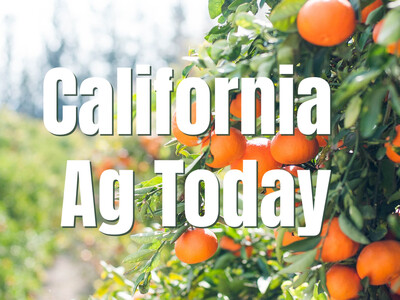Meatpacking COVID Numbers and Food Service Changes
From the Ag Information Network, I’m Bob Larson with your Agribusiness Update.**The gradual reopening of restaurants, schools and other facilities brings changes for farmers who had sold crops to food-service outlets.
Sales abruptly halted a year ago due to the pandemic and many farmers shifted to sell subscription food boxes or other alternatives.
Now, they’re having to decide how strong those markets will remain when restaurants and cafeterias reopen.
**The USDA’s Agricultural Marketing Service announced the termination of 10 U.S. consumer standards that are obsolete and impede the effective marketing of specialty crops.
AMS is terminating the consumer standards for Italian sprouting broccoli, fresh carrots, celery stalks, husked corn on the cob, fresh kale, fresh spinach leaves, Brussels sprouts, fresh parsnips, fresh turnips and beet greens.
U.S. grade standards are voluntary and provide the specialty crop industry with a uniform language for describing the quality and condition of commodities in the marketplace.
**The pandemic took its toll on the meatpacking industry with infection rates at meatpacking plants causing some to slow or even shut down last spring.
According to www.agweb.com, a new study from the University of California-Davis estimates 334,000 cases are attributable to packing plants, and resulted in more than $11 billion in economic damage.
Researchers also found beef and pork processing plants more than doubled per capita infection rates in counties where the plants are located.
www.agweb.com/news/livestock/beef/study-finds-covid-19-cases-meat-processing-plants-caused-11-billion-economic?mkt













